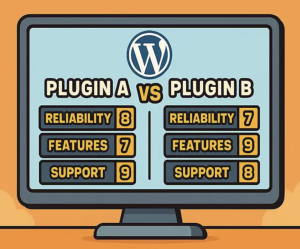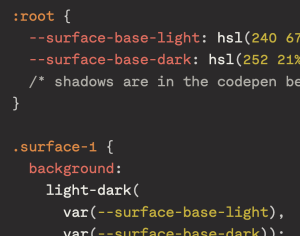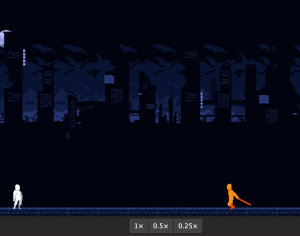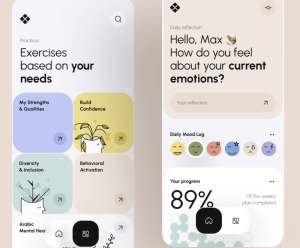Why the Themes and Plugins You Choose Matter to Your Clients
There’s some truth to that logic. Most of our clients aren’t WordPress experts. They don’t know Yoast SEO from Jetpack. They’re unlikely to know what separates a good theme from a poor one. They depend on us to build their website responsibly.










